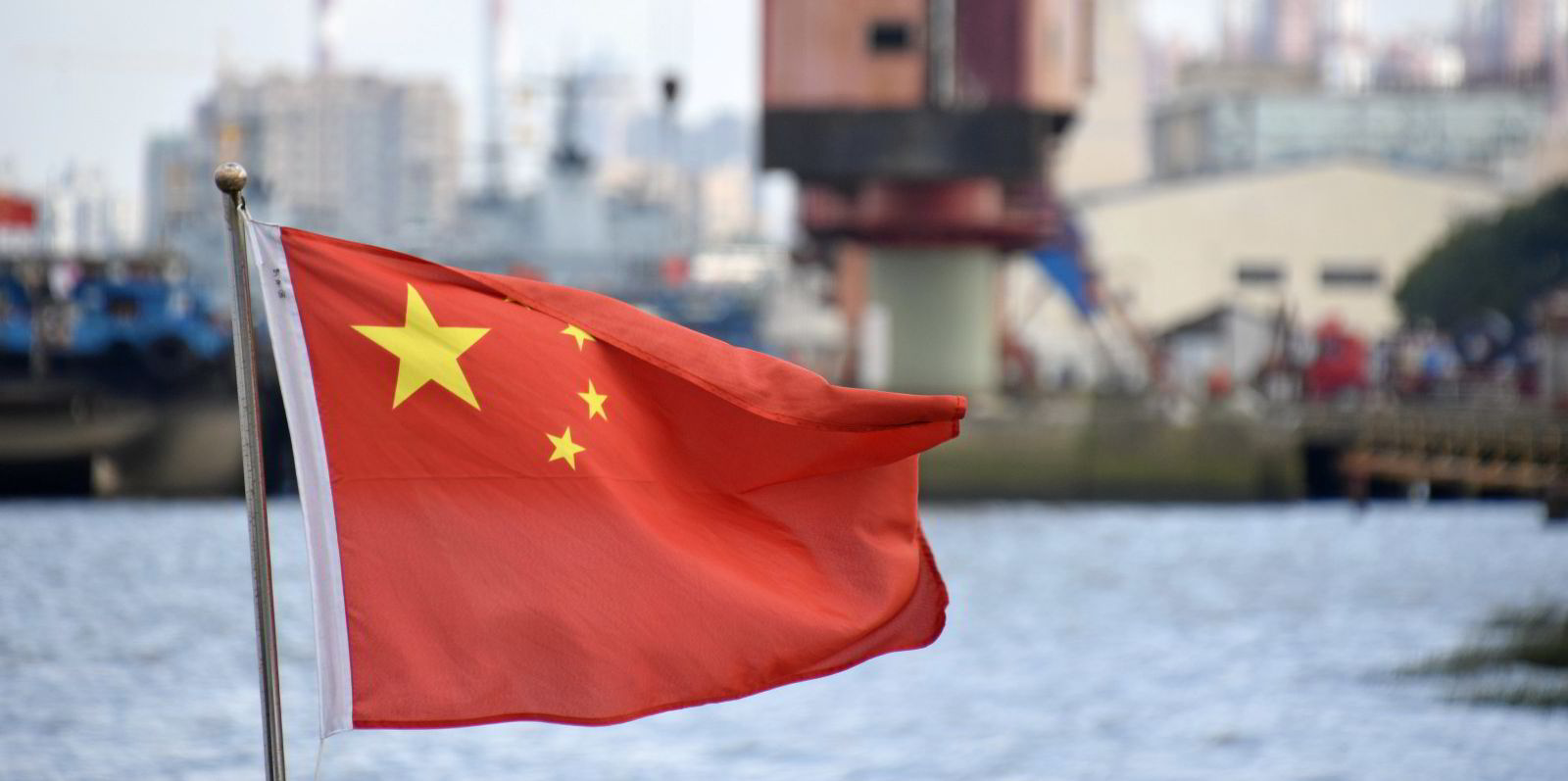Bulkers carrying grain cargoes have been waiting as long as four weeks to discharge at major ports in China — but, while data shows vessel counts have eased, waiting times are increasing.
Data shows cargoes of about 3.5m tonnes sitting on vessels.
China imported 51m tonnes of grain in the first four months of 2021, up from 31m tonnes in the same period last year, with maize alone rising from 2m tonnes to 8m tonnes.
Agents told TradeWinds that grain storage facilities have limited capacity to handle the massive inbound volumes. Covid-19 work restrictions have also had an effect.
David Young, Inchcape Shipping Services general manager in north-east Asia, said the problems are largely down to China running short of storage space.
“As from 2020, we note China has been increasing the import of grains, and most of the grain terminals on average could have about 10 vessels waiting at the anchorage for the line-up,” he said.
"Recently, at Guangzhou and Shenzhen area, grain vessels need to wait about 15 to 20 days before berthing alongside."
However, he added that restrictions related to a fresh outbreak of Covid-19 in Guangdong province could also be having an effect.
"No doubt, Covid-19 quarantine measures might slightly impact the vessel’s entry formality clearance, but not so much; it is mainly because of the increase of import volume, and limited silo storage capacity," he said.
It has been a banner year for grain cargoes bound for China to date, according to Russell Thompson, managing director of TradeViews, which tracks the trade.
“As expected, China imports of grain have been phenomenally strong,” he told TradeWinds. “They are re-herding their swine stocks at a time when the US had surplus maize crops due to a reduced biofuel requirement.
“The high mileage has been a real bonus, explaining the strong [bulker] freight rates.”
Long wait
Data from bulker tracking platform Oceanbolt shows that grain-laden bulkers have been waiting up to a month to discharge at ports in southern China, including at the major grain import hub of Huangpu.
Four of the 47 congested vessels identified have been waiting for more than 21 days.
These included nine bulkers that have been waiting for two weeks or more.
Almost all are panamaxes and kamsarmaxes, laden with a combined 3.5m tonnes of grain cargo.
And while the data shows that queues at Chinese grain terminals are shrinking, average waiting times are on the up.
Congestion has almost halved since it hit a high of 70 vessels on 27 May, when the average waiting time was 6.8 days.
But since then, the average wait has increased to 9.9 days — as of Tuesday.
Oceanbolt data shows that average waiting times for grain-laden ships at Chinese ports peaked at 12.1 days on 6 March this year.
Bulkers in limbo
Worst affected by the queuing has been TMS Bulkers' 81,200-dwt kamsarmax Valadon (built 2014), which has been waiting for 29 days outside China's Ningbo port, near Shanghai.
The ship is laden with 78,400 tonnes of grain, loaded at the US Port of Tacoma in Washington state in late April, the Oceanbolt data shows.
Another kamsarmax that had been waiting appears to have given up waiting on ports in the south and headed for a port in the north instead.
Vrontados Shipping's 81,800-dwt Krini (built 2020) arrived at the outer Pearl River Delta area anchorage on 16 May, where it waited until 11 June to partially discharge at the Xiji Terminal within the Port of Guangzhou's Huangpu Port area.
The vessel's latest AIS update suggests it is underway semi-laden to Zhangjiagang on the Yangtze River.
The ship left Cargill's Westwego grains berth in Louisiana, US, on 28 March, laden with 79,700 tonnes of barley, according to the data.
Most cargoes aboard the 47 congested vessels could not be identified, but data shows 14 carrying soybeans and another four are laden with wheat.
Another kamsarmax — Kambara Kisen's 81,600-dwt Priscilla (built 2020) — is laden and has been waiting at Zhanjiang Outer Anchorage in Guangdong province since 11 May.
The ship loaded 76,100 tonnes of grains at the Port of Alliance in Louisiana in mid-March.










